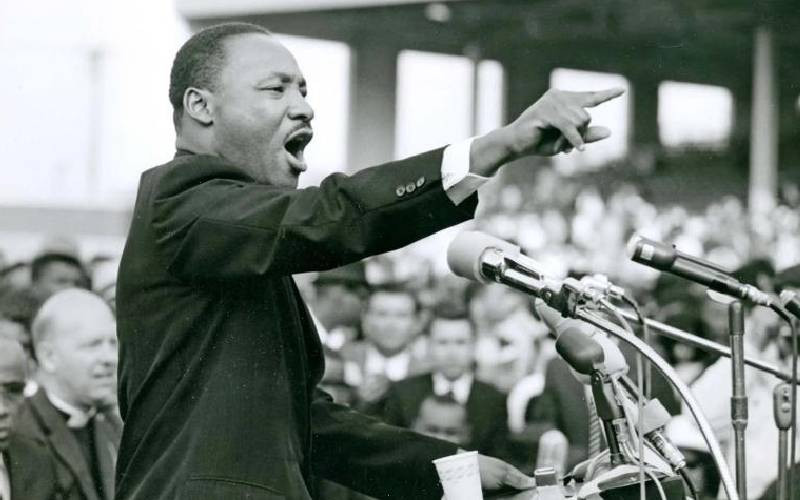
Inclusion is an intentional process of unmarginalising people by infusing a culture where all enjoy privileges equally. Inclusion makes all people central. Through the lens of one-body-many-parts, inclusion is the practice of indiscriminate neighbourliness. This centrality of all manifests in a delinking of a person's humanness and dignity from their location in the social stratification. A congregation that has a culture of neighbourliness is more likely to be welcoming to marginalised groups.
"Come to me all who are weak and heavy laden and I will give you rest" architecturally presents the allness of the biblical invitation. The biblical call 'Come!' is universal. The promise of preservation is to all who believe. Systemic diminution of particular groups in the church such as women and youth could be significantly attributed to a power-oriented church relative to a love-centered one. The struggle in the practice of inclusion can be understood through the tendency of people to prefer neighbours who are not lepers, Samaritans or gentiles. In a time when gated communities are the preferred places of residence, people want to determine the persons befitting and deserving neighbourly treatment.